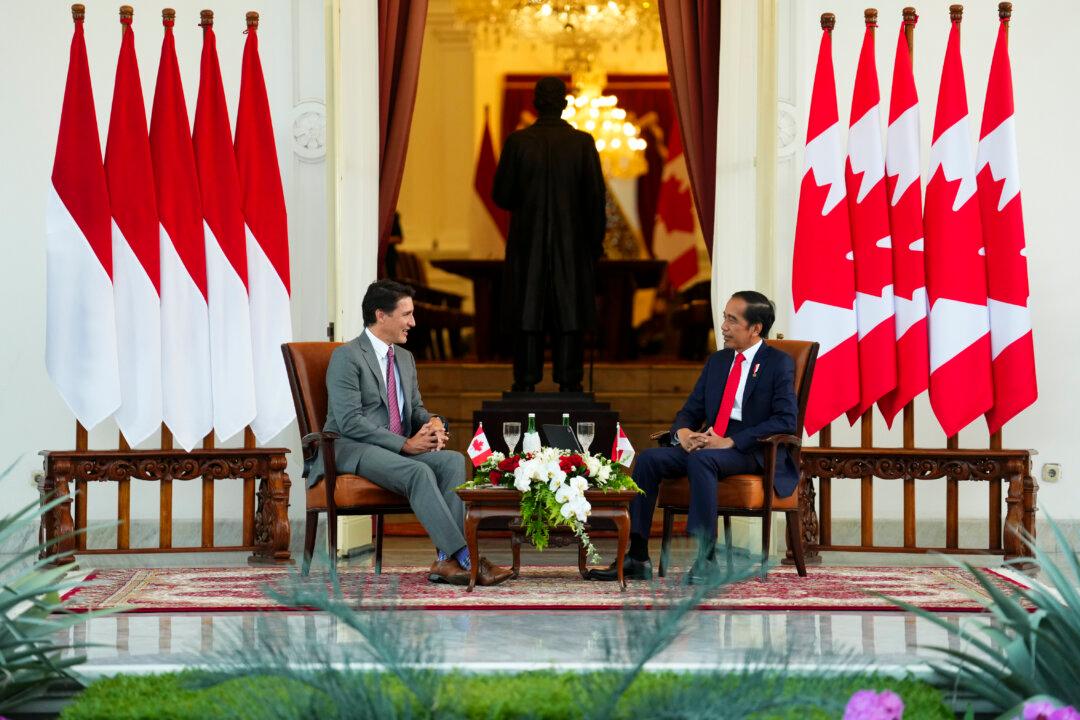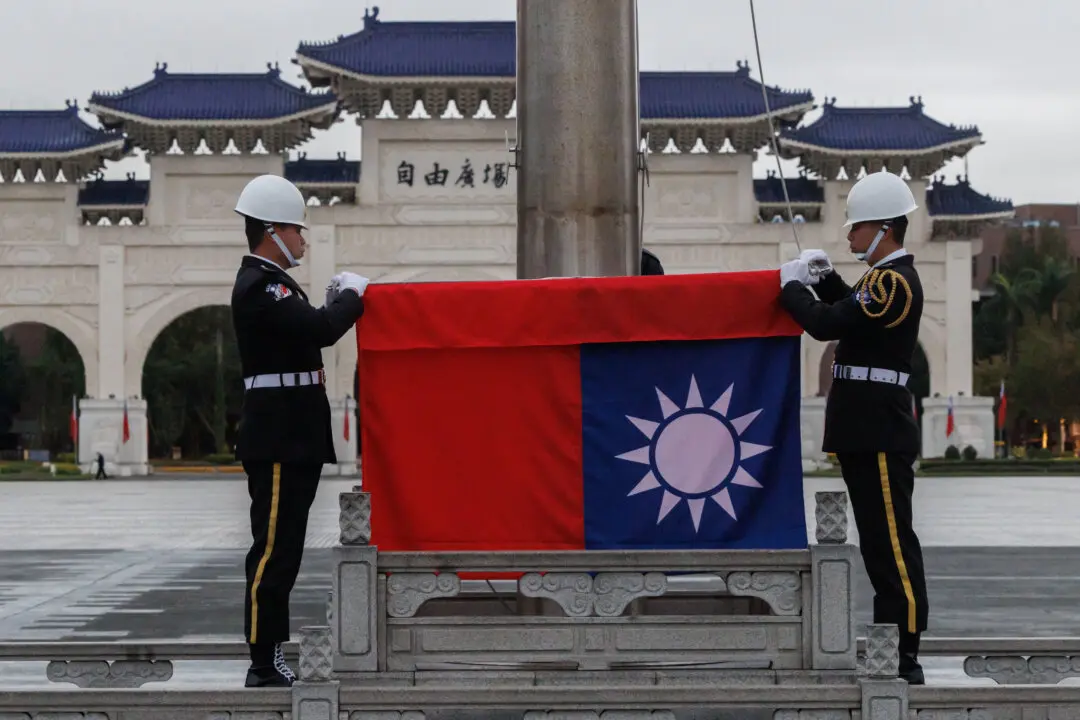As Canada seeks to increase its presence in the Indo-Pacific region, it will see its status upgraded with the Southeast Asian bloc ASEAN this week as Prime Minister Justin Trudeau visits Indonesia.
Mr. Trudeau held bilateral talks on Sept. 5 with Indonesian President Joko Widodo, who is also the current chair of the Association of Southeast Asian Nations (ASEAN). The strategic partnership will be launched during the bloc’s summit over the next few days.





